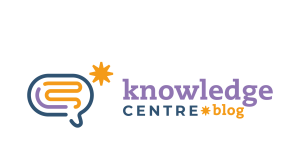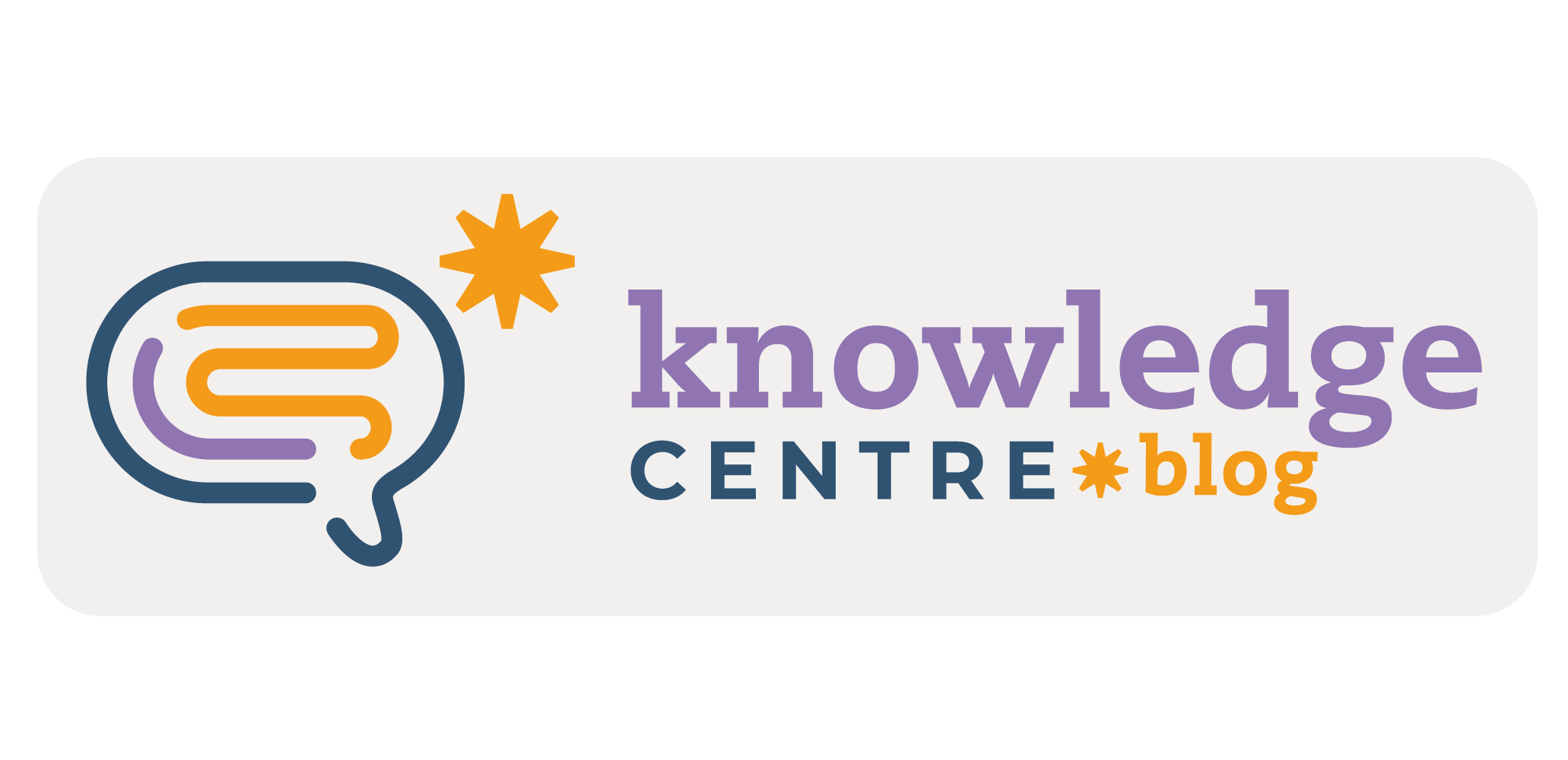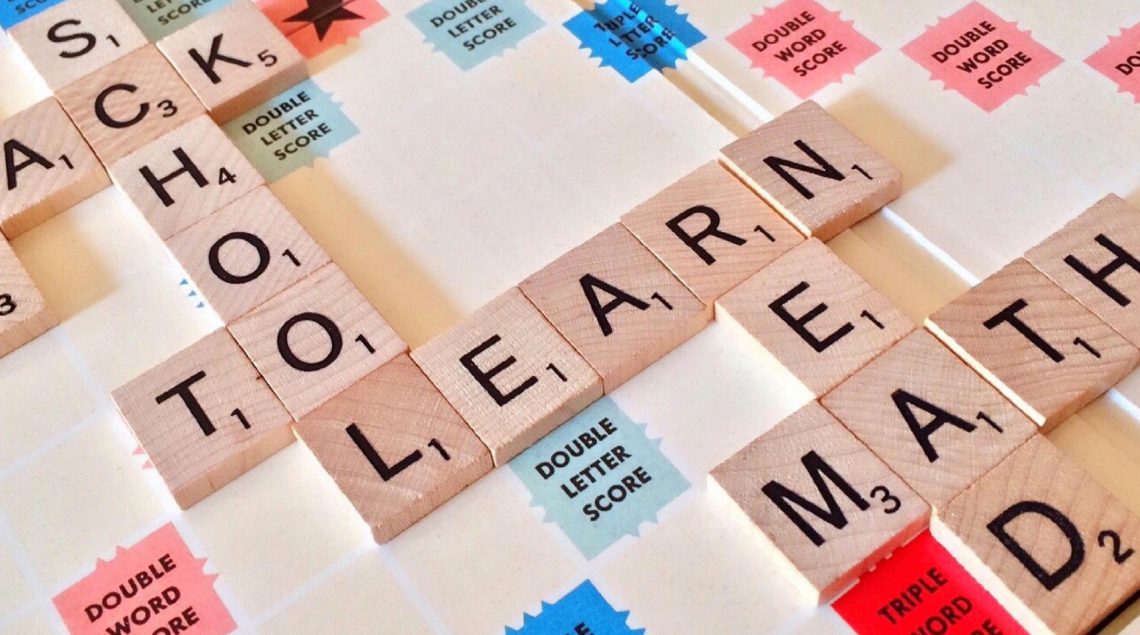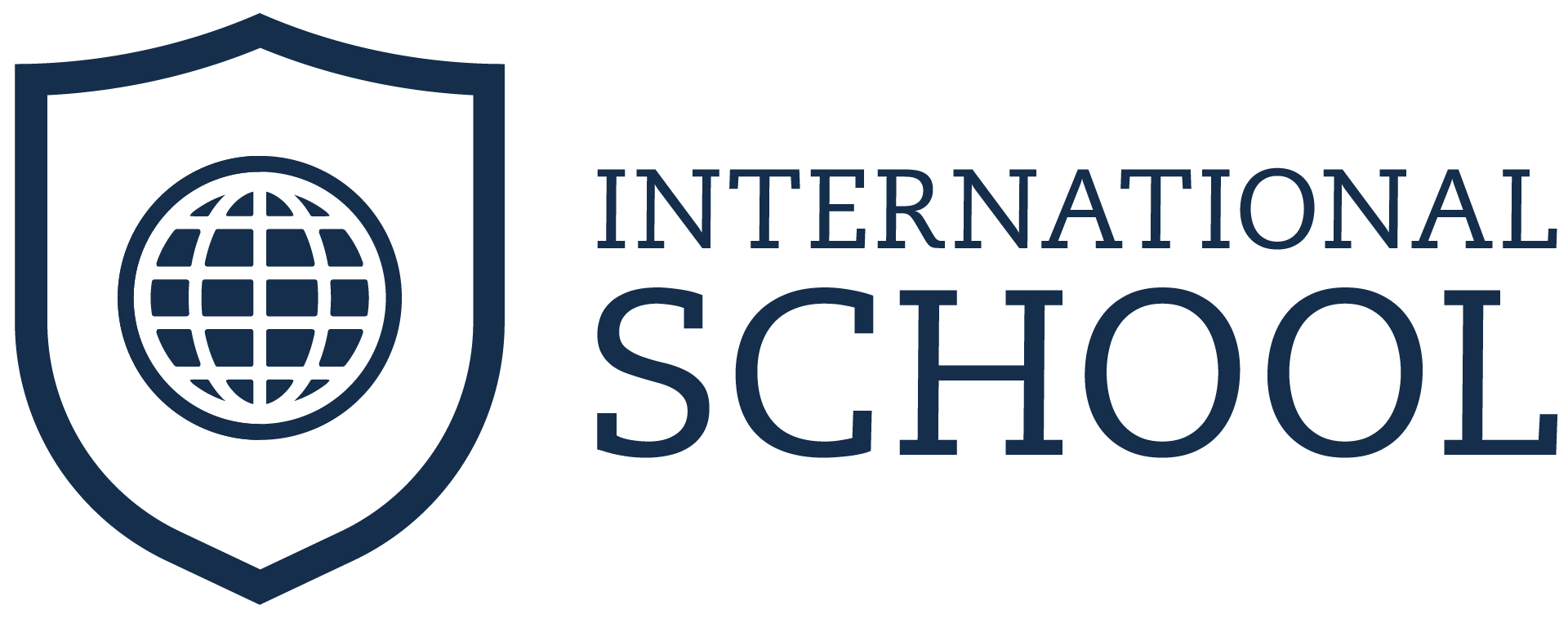As you transition from English Language Teaching to Bilingual Teaching, it’s natural to feel a mix of excitement, apprehension, and even a bit of fear. As a dedicated teacher of English as a second language, you may now face questions about effectively integrating content and language into your lessons. But know this: you are not alone.
I hope this letter finds you well and thriving in your role. As we navigate the ever-changing teaching landscape, let’s reflect on the journey from English Language Teaching (ELT) to Bilingual Teaching.
This journey requires a shift in mindset. ELT focuses on language proficiency: grammar rules, usage, exceptions, etc. However, bilingual teaching views language as a tool for learning rather than the end goal. This shift challenges us to integrate content and language effectively, fostering deeper understanding in both areas.
The Content and Language Integrated Learning (CLIL) approach lies at the heart of this transition. CLIL creates dynamic learning environments where language acquisition happens through meaningful content engagement. For example, in a science lesson on photosynthesis, students conduct experiments and write reports using specific scientific vocabulary and language related to description, enhancing both their scientific understanding and language skills.
Embracing 21st-century competences and UNESCO’s educational framework broadens our perspective. Bilingual teaching goes beyond linguistic proficiency to cultivate critical thinking, creativity, collaboration, and communication skills. For instance, a social studies lesson on developing sustainable solutions for community issues not only teaches environmental science but also hones problem-solving skills as students brainstorm and present their ideas.
Crafting new class plans is central to our evolution as bilingual educators. We prioritize interactive activities, collaborative projects, and authentic assessments to foster holistic learning experiences. Through scaffolded language support, we ensure students develop both language proficiency and subject knowledge.
We celebrate the successes of educators who have navigated this transition with grace and determination. Their experiences, insights, and strategies inspire us all.
Remember, support is readily available. Seek guidance from advisors and courses dedicated to bilingual teaching excellence. Embrace opportunities for self-development and continuous learning as you embark on this transformative path.
Thank you for your dedication to the noble profession of teaching. Your commitment to empowering bilingual learners is shaping the future of education in profound ways.
Warm regards,
Anne Martins has both Business and Languages graduation and holds CELTA and CPE certifications. She has been a teacher for over 20 years, a coordinator for 5 years, a teacher trainer for over 10 years, and has 3 years of experience consulting for bilingual program.







